- By 2018, 60% of companies will have programs for customization and accessibility specifically designed to attract and retain older and disabled employees.
- By 2017, 40% of large-enterprise IT organizations will actively exploit user experience designs for employee-facing apps.
Assistive technologies designed for employees with disabilities are delivering real benefits to the entire workforce. These technologies were once seen as part of a niche compliance issue, but now more organizations use the technologies to deliver an agile digital workplace. In
addition, organizations are broadening the scope of their user and customer experience initiatives to include technology accessibility. A "build for the extremes" theme is emerging from the customer experience and IT groups and meeting up with HR, which is marching toward a more inclusive and diversified workforce.
Step 1 — Technologies to Deploy Now for a Better Digital Workplace
Use Video Captioning to Increase Viewing Flexibility and Boost Understanding
Video captioning is the text representation of the spoken word as presentations and video calls. It also includes the text representation of recorded video. This is similar to closed captioning for TV broadcasts.
Captioning is going mainstream — all of Amazon Prime video offers closed captioning, as does
Netflix. U.S. Federal Communications Commission (FCC) rules will require Internet video clips must be captioned if the associated programming is shown on TV in the U.S. starting in January 2016.
Deaf or hard-of-hearing employees rely on video captioning as part of an inclusive workplace. A global multilingual workforce benefits from text captioning to mitigate strong accents. All employees will find complex presentation easier to understand with captioned video. Studies also show retention is higher when people both hear and read information.
Many companies can add captions. Cost, accuracy, and having subject matter experts that
understand terminology and industry-specific buzzwords are key decision points. A few noteworthy ones to consider are Nuance's Dragon NaturallySpeaking, Ai Media Group, IBM Media Captioner or a service provider, such as Microlink. Nonprofits have free access to AccessibilityOz's OzPlayer. Here are recommendations:
■ Start captioning your company's critical recorded video. Watch for formatting problems when the text captioning box overlaps existing screen texts.
■ Make captioning standard for company live presentations, conference presentations and
internal training videos by the end of 2016.
■ Offer captioning tools for ad hoc video calls. Solutions from Google and Microsoft Skype are
worth watching. Pilot before deploying. See Notes 1 and 2 for links to Microsoft's solutions.
■ Make captioning part of the "mobile first" approach. Captioning video content for use on mobile devices benefits everyone viewing content in noisy locations.
Step 2 — Watch Emerging Technologies to Add Customization to Your IT Portfolio
in 2017
Gartner's "Hype Cycle for Human-Machine Interface, 2015" is an excellent resource to use to plan your company's future IT portfolio roadmap. Notable technology profiles to consider are:
■ Facial recognition
■ Speech-to-speech translation
■ Gesture control
Watch the IT accessibility space to see the next-generation mainstream customization
technologies. On 1 June 2015, the FCC named its annual Awards for Advancement in Accessibility, which recognize innovative achievements in communications technology. Winners were chosen in seven categories; these four relate to workplace applications:
■ Augmented reality (BlindSquare)
■ Real-time text (Beam Messenger)
■ Teleconferencing (AT&T)
■ Video description (Comcast)
Complete award details can be found on the FCC website.
Step 3 — Use a Technology Accessibility Maturity Model as a Proxy for a Broader
Technology Personalization Evaluation Project
Just as assistive technology designed for employees with disabilities is being mainstreamed to
benefit all employees, companies can use an IT accessibility maturity model to measure their status on IT personalization. The Business Disability Forum Technology Taskforce, based in London, provides a free Accessibility Maturity Model toolkit that is worth a look. Created by leading private-and public-sector organizations, it provides a systematic way to assess an organization's accessibility progress and performance over time. It identifies focus areas for improvement and provides best practice on how to get there. Its eight-point self-assessment includes attributes starting with motivation from business drivers, moving through IT procurement steps and finishing with the employee-facing program.
Step 4 — Build a Sustained Program
Cost matters with IT personalization. Use a total cost of ownership (TCO) model to
understand where costs will increase or decrease when contemplating expanding options to
employees. Apply the lessons learned from BYOD programs where organizations shifted from
company-owned and -issued mobile devices to employee-owned BYOD programs. Where costs may be higher, IT leaders must evaluate other benefits not included in TCO with business leaders and HR.
Many clients report running an internal IT accessibility workgroup advisory program for
employees with disabilities. These working groups can be leveraged to advise on broader
applications for assistive technology — IT accessibility programs that can benefit the entire
company employee base. Here are recommendations:
■ Read Gartner's report "Use TCO to Assess Choices in Devices, Support Policies and
Management Approaches." Approaches for a broader understanding of the best practices with
BYOD will help evaluate which ones can be applied to your organization's IT personalization
program.
■ Align IT personalization objectives with HR objectives for workforce talent management and
diversification, including hiring employees with disabilities, mitigating language issues with
global workforce expansion, and workforce aging dynamics.
■ Join industry associations focused on IT accessibility. The Business Disability Forum based in
London is one; Business Disability International is another. Others to consider joining are the
International Association of Accessibility Professionals (IAAP) and the US Business Leadership
Network. Attend an accessibility industry conference, such as the M-Enabling Summit in
Washington, DC.
■ Take an online course and have your company's business leaders and application development staffs do same. See the link for accessibility training from Coursera.org.

